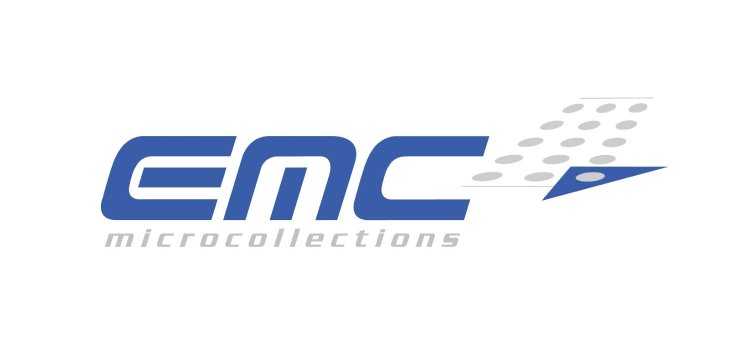The basis of the vaccine used in the needle-free, non-invasive method is the unique and mutually corresponding developments of the partners involved: Thus the composition of the basic components in synthetic vaccines could already be clarified in successful preliminary work undertaken by the Department of Immunology in the Dermatology Clinic at the Charité together with the University of Tuebingen and EMC microcollections GmbH. The Department of Skin Physiology of the Charité is producing the findings for the optimum penetration of the substance through the skin, whereas Capsulution Nanoscience AG is qualifying their functionalised Nanoparticles as carrier systems for vaccines.
“In order to reach our common goal, we need to adjust the immunologically-active components to the specific requirements of the skin’s immune system,” explains CEO, Prof. Karl-Heinz Wiesmüller, from EMC microcollections GmbH. At the same time, suitable forms of application need to be developed. In particular, the transport particles need to be modified to the size-ratios within the hair follicles. “For this we are testing nanoparticle-defined sizes between 400 nm and 1000 nm,” adds Capsulu-tion’s Project Manager Lars Dähne. The task in hand is to reach only as far down as the hair follicles. The skin layers underneath, however, and the sebaceous glands should not be touched. After all, only above the sebaceous glands can the empty particles be excreted by the natural cleansing mechanism of the skin.
In the hair follicles, the vaccine particles are confronted with a dense net of immune cells. The residing Langerhans cells and dendrite cells of the inherent immune system incorporate the released vaccine components and present them to the immune system. “It is critical,” according to Dähne, “that the amount of released vaccine per particle and time unit is enough to attain optimum sensitization.” Capsulution’s LBL®-Technology delivers the promising solution approach here.
The minimal vaccine developed by EMC microcollections and the Charité consists of only three substance groups absolutely necessary for a successful immunisation. The first, a cocktail of various well-known antigen fragments, activates zytotoxic cells against a certain pathogen, while the two other groups induce the general response to the immunity. The groups, which differ greatly in their physical chemical properties from one another, need to be thus antagonised against the particle so that they release themselves simultaneously from the particle due to a charge change in the hair follicle, the so called pH-shift. “This is one part of the task that we want to undertake using the LBL®-Technology,” says Dähne. After all, none of the three components should be missing at this particular point.
With the new vaccination method, complications such as inflammation, pain or allergic reactions, in comparison with common vaccination methods, can be avoided. In developing countries in particular, where the multiple use of one-time syringes is not uncommon, it can stop the spread through standard intramuscular vaccination of infectious diseases such as HIV and hepatitis. In this country, small children particu-larly would profit from the pain-free method.

